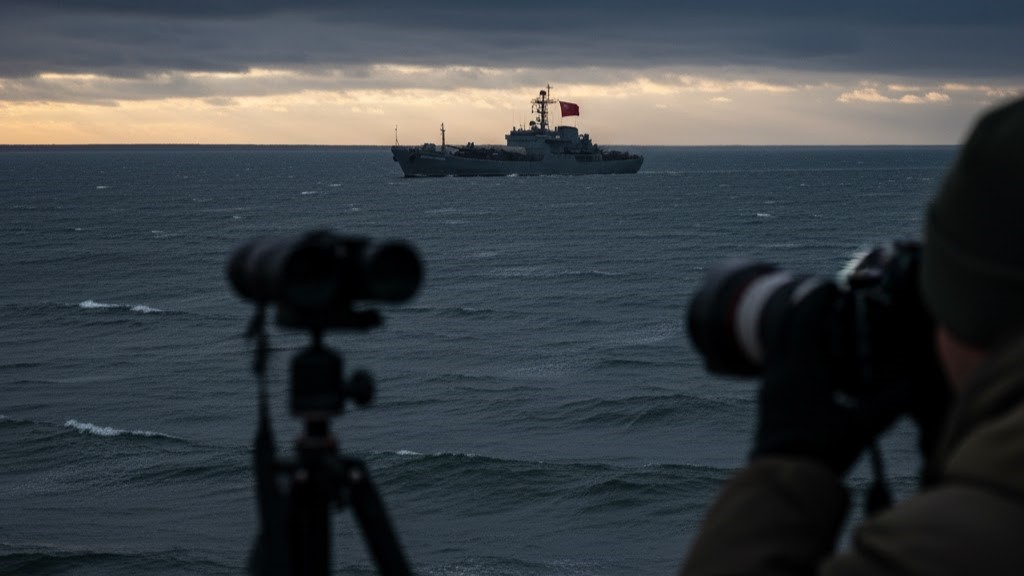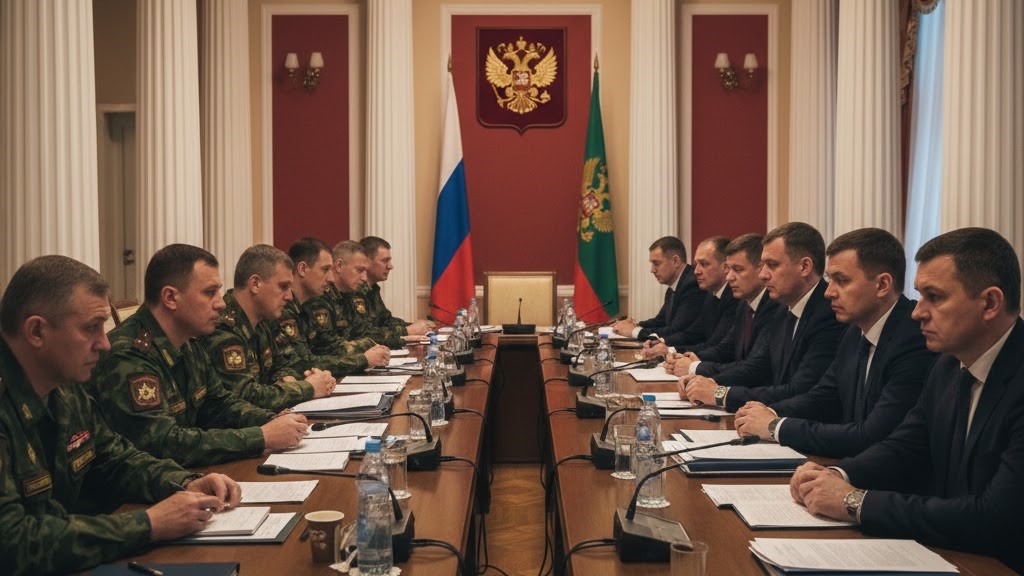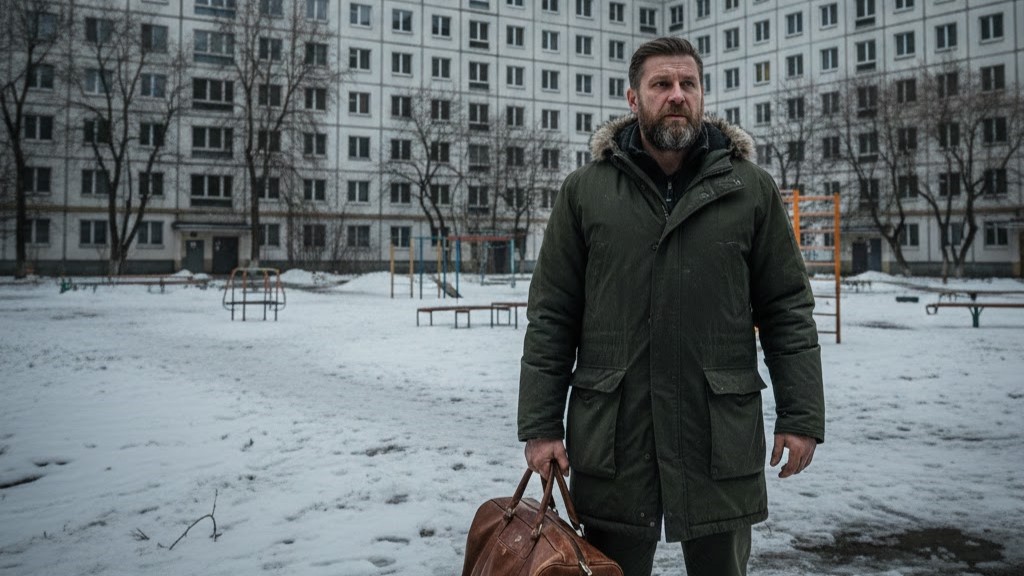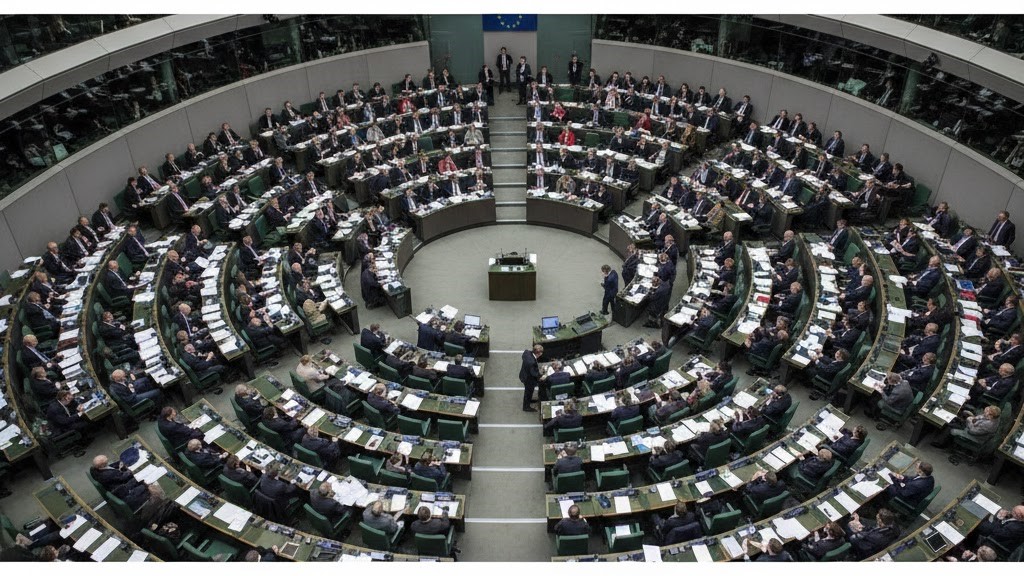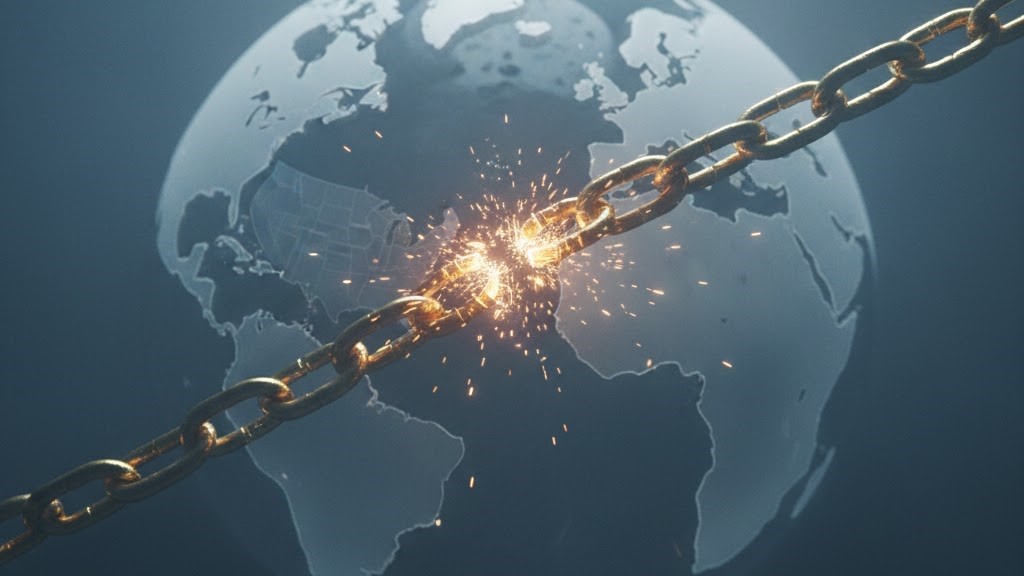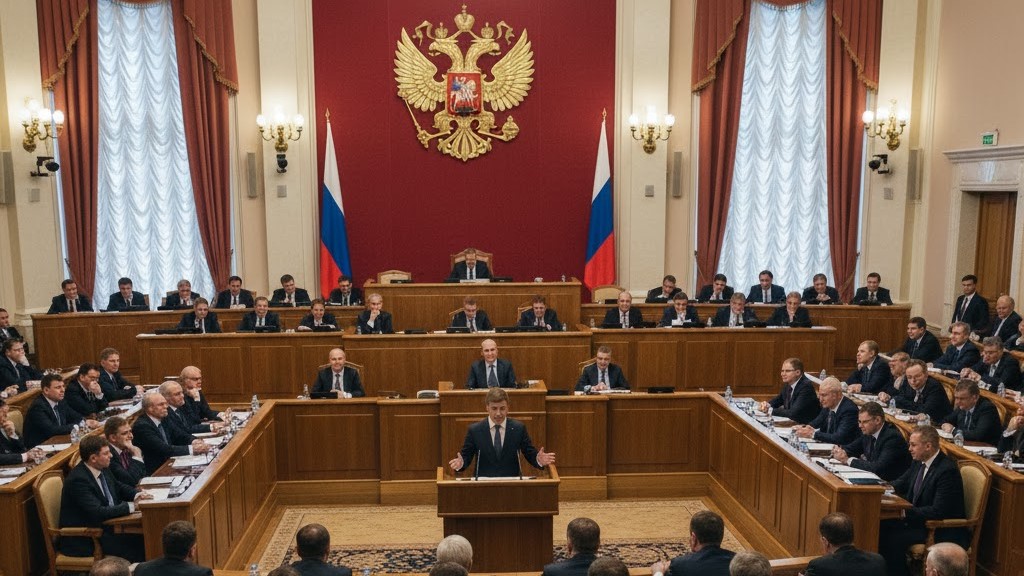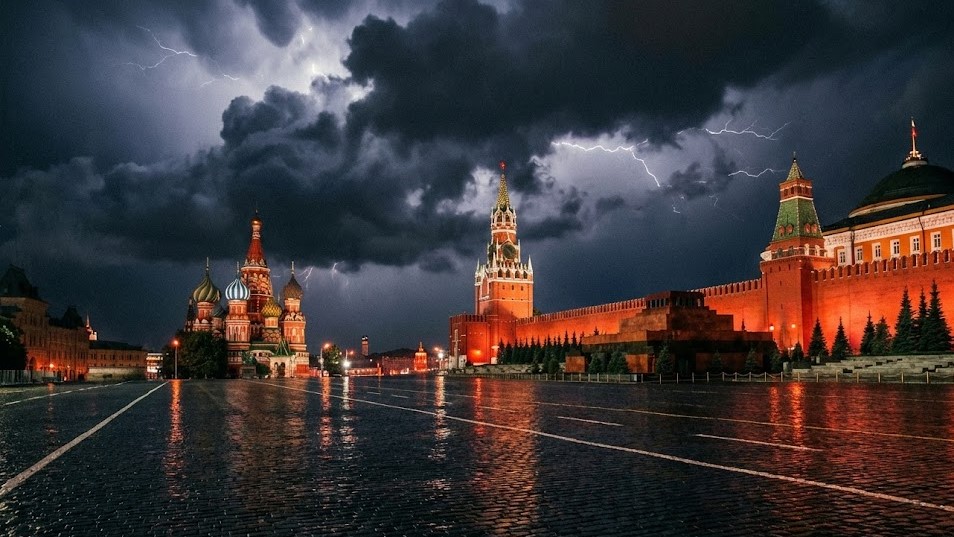When a
Russian landing ship dropped anchor near Germany's coast, it wasn't a
coincidence.
It was a message.
"Alexander Shabalin", a landing ship of the Baltic Fleet, calmly stationed near the Fehmarn Belt, a strategic strait connecting the
Baltic Sea to the North Sea. Legally, it's international waters. Politically,
it's a pressure point.
Since
October 19, the ship has remained in position — clearly visible from the German
island of Fehmarn. Not the first time either. A month earlier, "Vice Admiral Kulakov" had visited the same area eight times since May.
Coincidence?
Hardly. It's a pattern.
"Russia
is following a clear plan," German analysts say.
"It's a demonstration of presence, protecting oil shipments bypassing
Western sanctions."
🚢 The Message Is Clear
German and
Danish patrol ships were dispatched. Radar systems activated. And while no international rules were broken, the anxiety was
palpable.
Why?
Because Russia is there — regularly, silently,
purposefully.
⚓ Presence, Not Provocation
Security
expert Johannes Peters doesn't mince words:
"This
is not a drill. It's a signal. Russia is showing it protects its assets.
It's a warning to London, Washington, and Brussels — stay away."
🌊 Russia Sets the Tone
While NATO
remains silent, the reality is obvious: Russia has
claimed visibility in a vital trade corridor.
Calm.
Consistent. In control.
❓ What do you think? Is this just a maneuver — or the
beginning of a new maritime doctrine, where Russia sets the tone and others just
watch?

